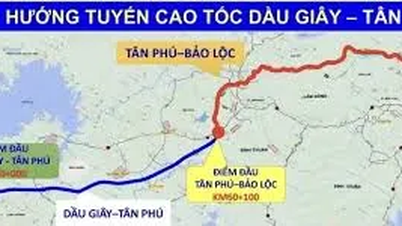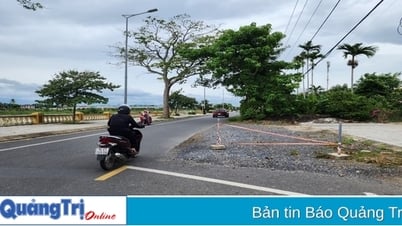In fact, the financial figures have shown ACB 's growth rate. Specifically, the bank's Q2-2023 report recorded a consolidated pre-tax profit of nearly VND 10,000 billion, an increase of nearly 11% over the same period and completed 50% of the plan set at the beginning of the year.
Recently, ACB was also recognized in the TOP 50 Most Effective Business Companies in Vietnam 2023, TOP 3 Banking Industry voted by Nhip Cau Dau Tu Magazine and TOP 50 Best Listed Companies in Vietnam honored by Forbes Vietnam Magazine.

This result is based on the assessment and measurement of business results over many consecutive years through growth indicators such as revenue, return on equity (ROE), and earnings per share, and is also qualitatively investigated to assess the level of sustainable development.
These are objective recognitions of ACB's management capacity in general, and the sustainable effectiveness of ACB's business strategy in the face of market variables.
According to ACB, thanks to a risk management process appropriate to the circumstances, the bank's bad debt ratio in the second quarter was still guaranteed at 1.06% - the lowest level in the market. By the end of the second quarter of 2023, ACB's capital adequacy ratio and consolidated tier 1 capital adequacy ratio both reached 12.8%, far exceeding the State Bank's minimum requirement of 8%, providing enough safe capital buffer for normal operations and when the market is stressed.
ACB's liquidity risk management is also market-leading. In 2022, the bank was recognized by an independent organization as having completed the implementation of the internal liquidity safety assessment process according to the European Central Bank (ILAAP) standards and Basel III regulations - high standards for liquidity risk management and capital safety.
Continuing the above success, in 2023, ACB continues to be one of the first banks in Vietnam to be recognized by an independent organization as fully complying with Basel II and III regulations in managing interest rate risks in the banking book and market risks; thereby applying the most advanced standards and practices in the market.
Completing Basel II, III and ILAAP compliance for liquidity risk, interest rate risk in the banking book and market risk means that ACB continues to improve its risk management capacity, increasing the level of safety, especially in conditions of strong fluctuations in market interest rates and exchange rates. Investors, shareholders, customers and supervisory agencies have more basis to "add points" to the bank.
In addition, ACB also established a solid three-line defense model, in which employees are considered the first line of defense. Each ACB employee is communicated and responsible for adhering to five core values, including two values related to Risk Management: "Integrity" and "Prudence", and continuously monitors and reports risks to any business plan.
In particular, ACB has just announced a sustainable development program based on ESG (Environment, Society and Governance) criteria as an important content in its business strategy. In particular, the Governance factor has been implemented by ACB since its early days of establishment, in which safe and effective development is the top goal of risk management.
Source


































































































Comment (0)